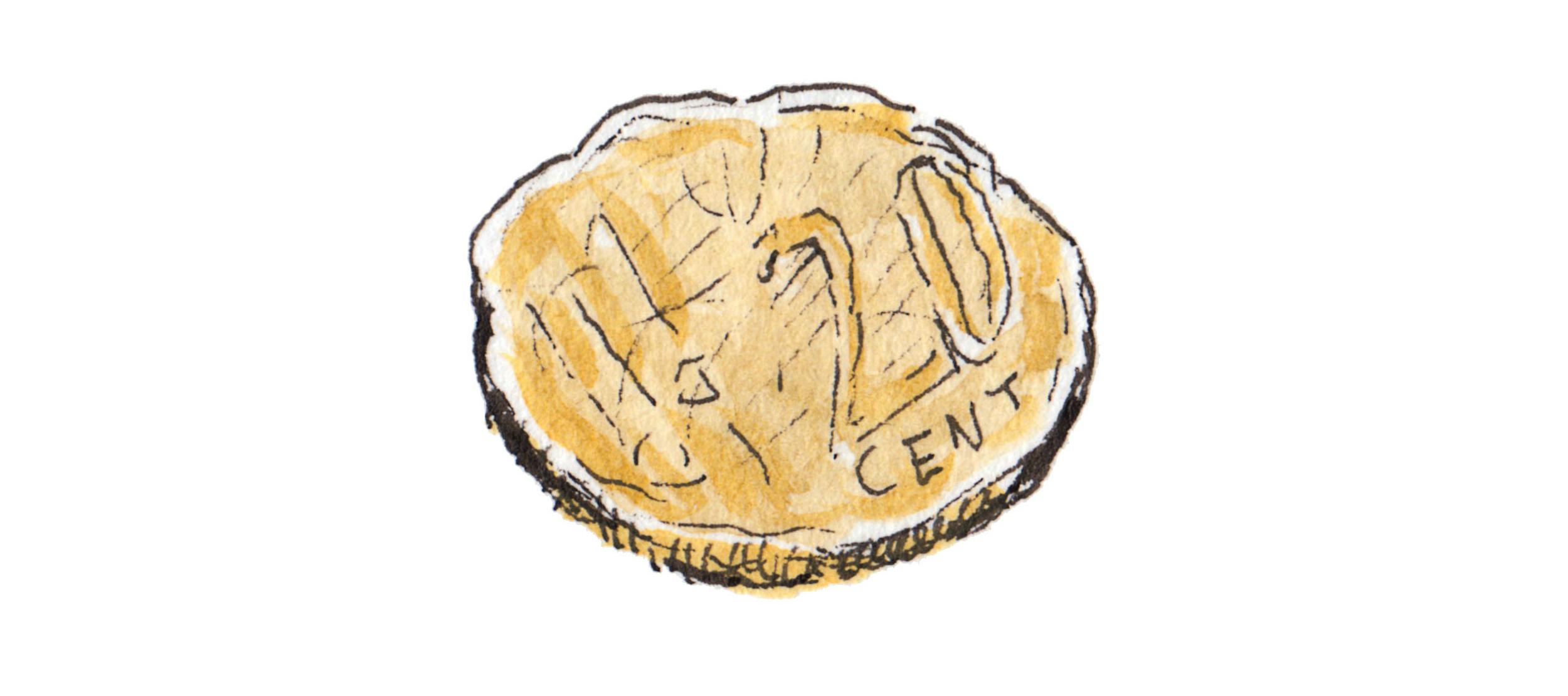
A hundred million satoshis
One bitcoin equals one hundred million satoshis1 (1 bitcoin = 100,000,000 satoshis), making Bitcoin extremely divisible. Yet, the usefulness of Bitcoin's divisibility lowers as its price goes up. Let's do some numbers.
When one bitcoin was worth $1,000 (around March 2017), you could divide a dollar into 100,000 units—a satoshi was worth 0.00001 dollars. Each cent was divisible into 1,000 units. But what about today?
As I wrote these lines, on May 13, 2021, the price of Bitcoin displayed on Google was $48,617.502 (BTC to USD)—a satoshi was worth 0.000486175 dollars. That's 48.61x what it was worth back in 2017, making each cent divisible into 20 units (instead of 1,000). The higher Bitcoin's price, the less divisible its dollar equivalent is. If Bitcoin rose to $1,000,000, a satoshi would be worth a cent. Does it make sense to have a coin valued so high compared to fiat currencies such as the euro or the dollar?
In the digital world, divisibility makes it possible to offer services for a fraction of a cent—a mechanism present in online games that let you convert money into digital tokens. Having this feature in a currency by default would be advantageous for services not to have to implement this feature independently. But this divisibility depends on Bitcoin's price compared to fiat currencies.
Maybe Satoshi Nakamoto3 expected satoshis' price to parity with the cent, or perhaps he never imagined the price could get so high, which would allow for the exchange of satoshis as small fractions of Bitcoin and other currencies.
Nobody knows whether Bitcoin will stand the test of time or what its future value will be. What we know is that cryptocurrencies are here to stay.
The general unit structure of bitcoins has 1 bitcoin (BTC) equivalent to 1,000 millibitcoins (mBTC), 1,000,000 microbitcoins (μBTC), or 100,000,000 satoshis. Investopedia. ↩
I edited this essay for publication on August 30, 2021, and the price of bitcoin—$48,141.30—is roughly the same as on May 13, 2021. ↩
Satoshi Nakamoto is the pseudonym under which Bitcoin's whitepaper was published. ↩

